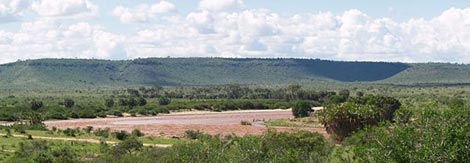Tsavo Bulls
There are 239 known independent bulls in the Tsavo Elephant Database. Many of these bulls have been known for ten or more years. In Tsavo, males disperse from their family in their mid-teens and typically stay in their family’s range, spending time with other young males or alone on the periphery of a family. As they age they began to explore areas outside their family’s range, either alone or spend time with older more experienced males in all male groups in a bull area. Bull groups are larger in the dry season than in the rainy season, and within these groups many bulls have long-term bonds; companions that they associate with year after year. Bulls’ experience their first musth cycles in their mid-20’s, and leave the bull area to search for estrus females. When they drop out of musth they return to a bull area and join other non-musth bulls.
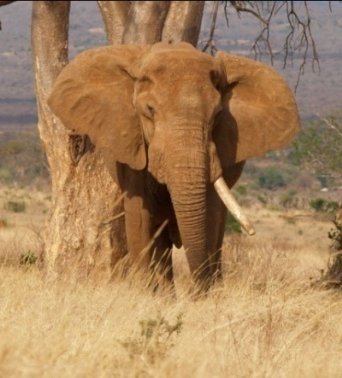
LIVINGSTONE was first identified in July 1993. At that time he had two wide-tusks. In February of 2012 he lost his right tusk. He is in musth during both the dry and rainy seasons. He spends most of his time in small bull groups of two to three bulls, but also in groups of 16 bulls and is typically the leader in most groups. The rest of the time he is alone or with families. He has long-term bonds with Dusk, Sun, Sandstone and Sunray.
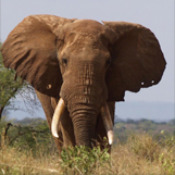
RUDOLF was first identified as a young male in November 1989. His has distinct notches and holes in both ears. When he was younger he stayed in his families range alone or with families. As he got older he started spending time with other bulls in small groups of three to six bulls. The largest bull group he’s been in had 25 bulls. He is in musth during the rainy season. He has long-term bonds with Dusk, Arrow, Sandstone, Darwin and Sun.

SANDSTONE was first identified in February 2005 when he moved into the bull area. With his distinct features of a broken left ear and crooked tail, he is easy to identify from far away. He is in musth during the rains. He spends most of his time with other bulls in medium size groups of six to eight bulls. The largest bull group he’s been in had 28 bulls. The rest of the time he is alone or with families. He has long-term bonds with Livingstone, Darwin, Sunray, Dusk and Arrow.

SKYLIGHT was first identified when he moved into the bull area in January 2009. His distinct features were two long tusks and few tail hairs. In 2013 he broke his left tusk tip. Then in 2015 he broke half of his right tusk. He is in musth during the rains. He spends most of his time in medium size groups of four to six bulls. The largest bull group he’s been in had 25 bulls. He is sometimes alone and rarely with families unless he is in musth. He has long-term bonds with Sunray, Ripley, Darwin and Sun.
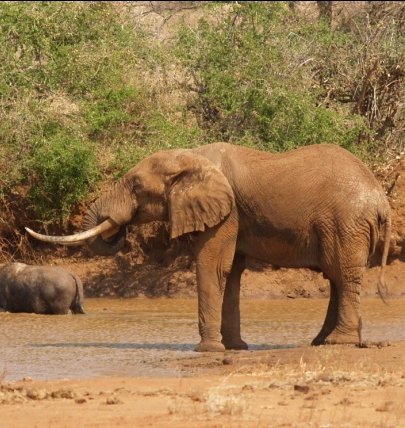
SUNRAY was first identified when he moved into the bull area in June 2005. His distinct features are long tusks and notches in both ears. So far I have no records of him in musth. He spends most of his time in large bull groups of seven to eight bulls. He is often the leader of these groups. The largest bull group he’s been in had 21 bulls. The rest of the time he is either alone or with families. He has long-term bonds with Dusk, Sandstone, Arrow and Cloud.
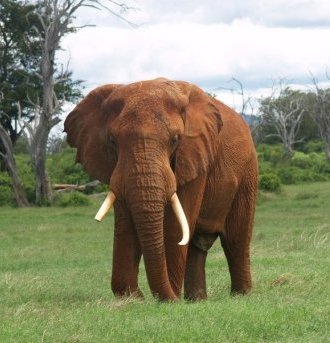
RASPUTIN was first identified in September 2004 when his tusks were short and the same length. Since then his right tusk remains short while the left tusk continues to grow. He is in musth during both the dry and rainy seasons. He spends most of his time alone or with families. When he is with other bulls, the groups are small, two to three bulls and on occasion with ten other bulls. He has long-term bonds with Livingstone, Nathan, Linus and Arrow
